Eastern European cities, including those dotted across countries like Croatia and Montenegro, have their own individual, distinct charm. In these Adriatic nations, you’ll find spectacular medieval ramparts and astonishingly well-preserved Roman antiquities.
Further north, there are just as many exciting contrasts to be found. Dynamic Gdansk offers beautifully restored medieval architecture, a buzzing bar scene, and several excellent museums. Romantic Tallinn, the capital of Estonia, could be the setting of a fairytale with its ancient city walls, turrets, and colorful old houses.
So whether you’re in search of cultural enrichment in the sun-drenched Adriatic or the complex history and enchanting architecture of the Baltic, all of these Eastern European cities and destinations should be on your travel radar.
Gdansk, Poland
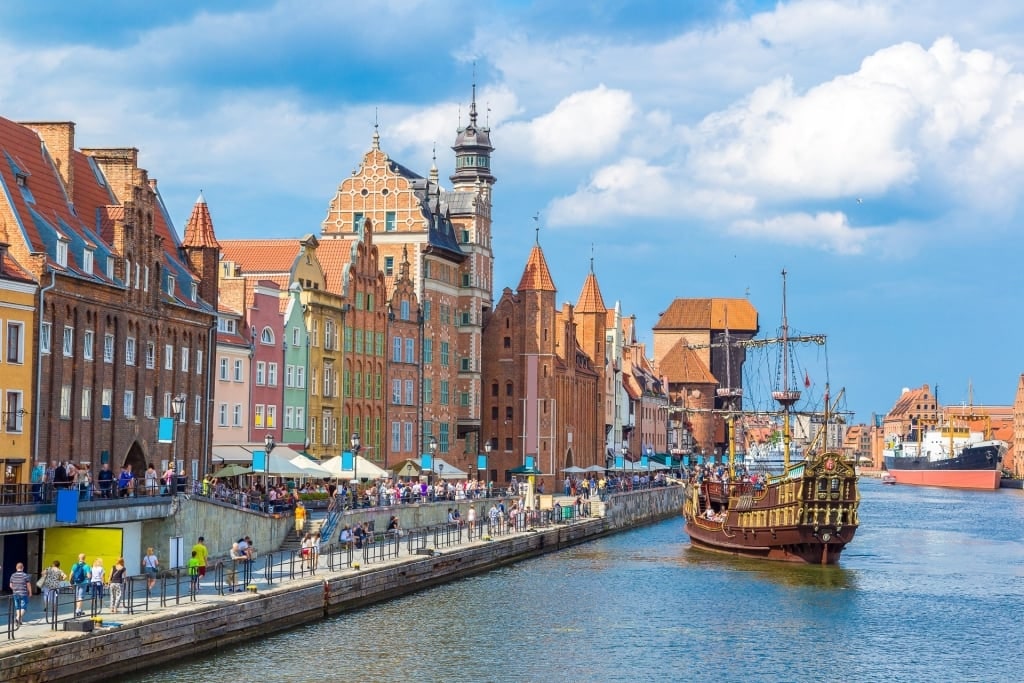
Gdansk, Poland
Poland’s most important port city, vibrant Gdansk is a fascinating mix of historic architecture and contemporary, thought-provoking museums, with buzzing beer gardens and an inviting café culture thrown into the mix.
Gdansk has been shaped over more than 1,000 years by many different forces but is perhaps best known for two events. The first is the firing of the shots that triggered World War II, and the second is the foundation of the Solidarity civil rights movement in 1980. There are compelling museums dedicated to both events today.
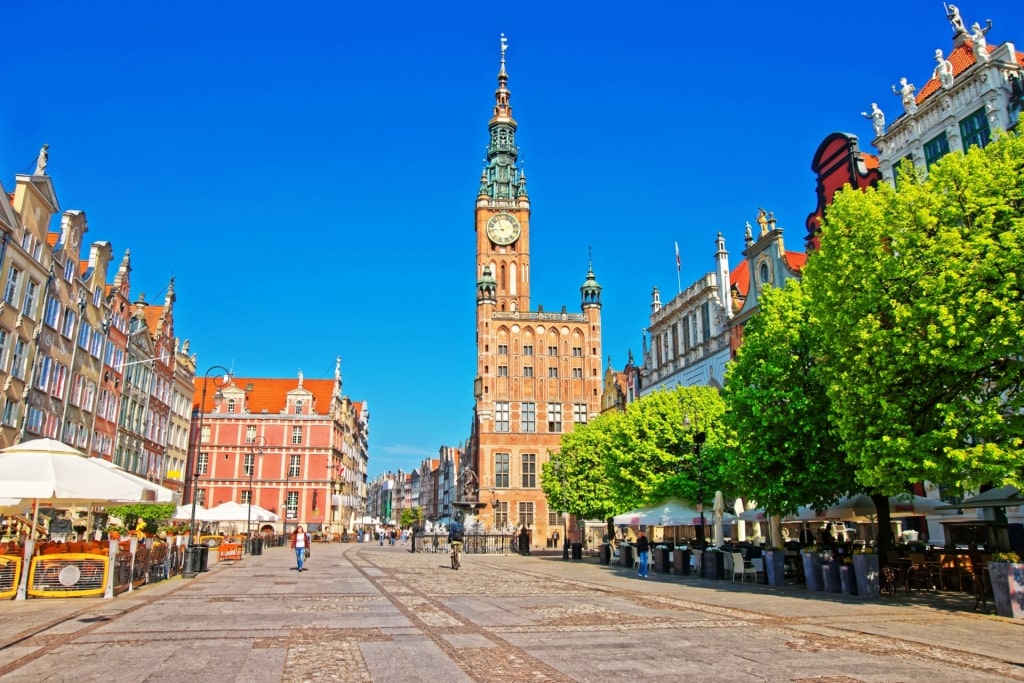
Old Town Gdansk, Poland
Much of Gdansk’s Old Town has been reconstructed following damage in the Second World War, although you would barely notice. Wander along beautiful Dlugi Targ in the Old Town, surrounded by colorful gabled mansions, and you’ll have a sense of stepping back in time.
Similarly ornate facades line the banks of the Motlawa River, where you can stroll, paddle a kayak, or watch life go by from one of the leafy beer gardens.
Bar, Montenegro
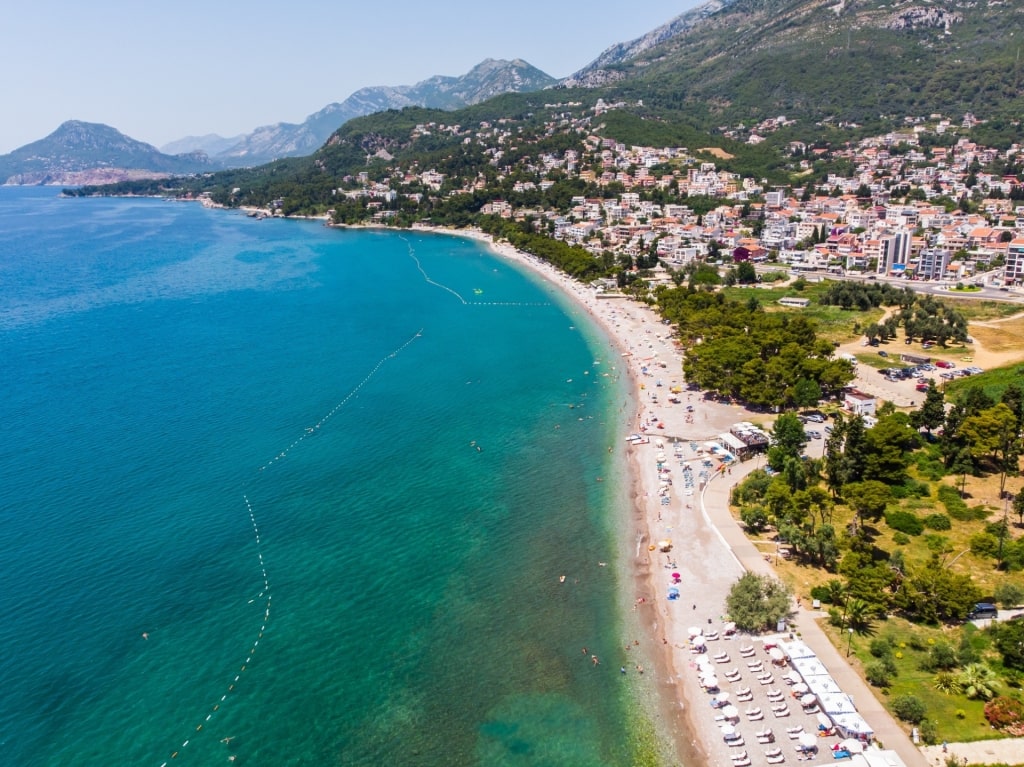
Bar, Montenegro
Sun-drenched Bar, which claims to enjoy 270 sunny days a year, basks on the south coast of tiny Montenegro, sandwiched between craggy mountains and the sparkling Adriatic.
With a long string of pebbly beaches and crystal-clear water, Bar justifiably earns its reputation as a delightful (if unsung) vacation destination.
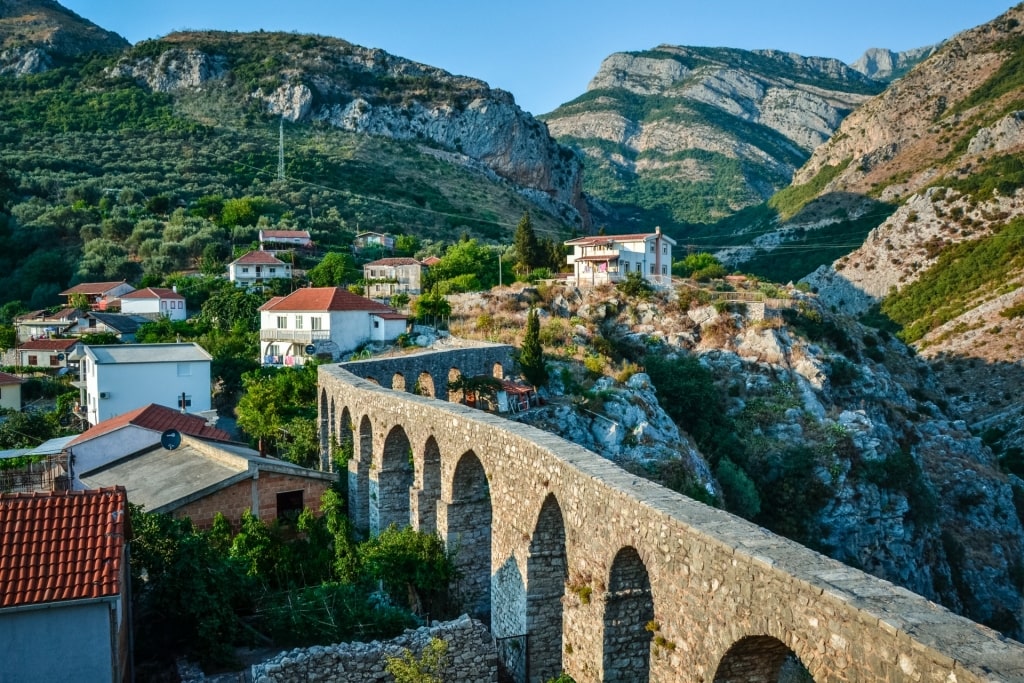
Stari Bar, Montenegro
Wander around Stari Bar, the hilly old town. Encircled by Byzantine walls dating back to the 11th and 12th centuries, it’s crumbling in places, but impressive nonetheless.
On the coast, you’ll find a captivating art and antiques museum in King Nikola’s Palace, built in the late 19th century for Montenegro’s last monarch. Combine a visit here with a trip to the Montenegro beach and marina, where there are plenty of restaurants and bars.
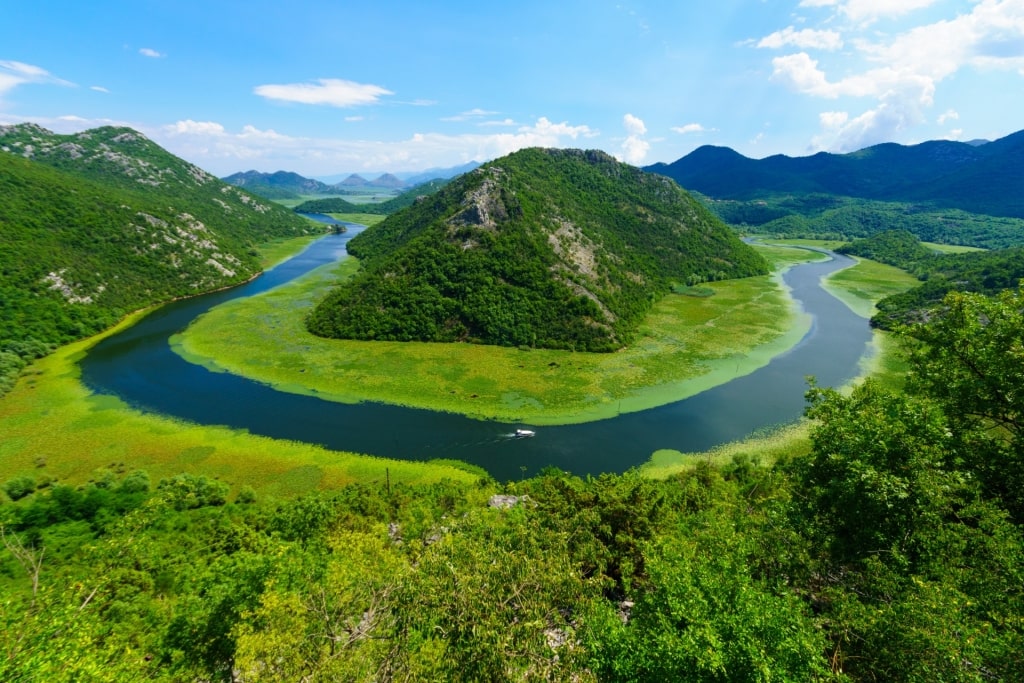
Skadar Lake National Park, Montenegro
Head for Skadar Lake National Park, where some 270 species of bird can be spotted around the impossibly blue mountain lake, the largest in the Balkans. The landscape around here is lush with silvery olives, fig trees, vineyards, and beech forests.
But the most impressive tree of all has to be Stara Maslina, located in the nearby village of Tomba. Believed to be more than 2,000 years old, it’s one of the oldest living things on the planet.
Dubrovnik, Croatia
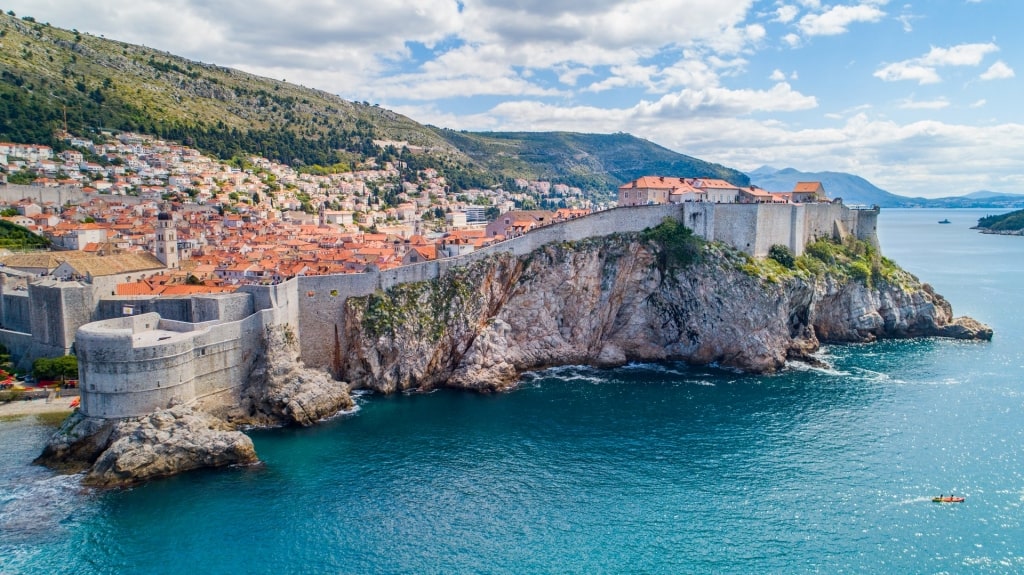
Dubrovnik, Croatia
With its well-preserved medieval architecture, mountainous backdrop, and seaside setting, dazzling Dubrovnik is nothing short of cinematic. A visit along the Croatian Riviera proposes a step back in time. Squint and you can see the walled city just as it was centuries ago when it served as a bustling Middle Ages seaport with opulent merchant houses and turret- and tower-pocked fortifications to match.
A stroll through the otherworldly Old Town, a UNESCO World Heritage Site, and one of the most beautiful places in Croatia, reveals the city’s maritime flair. Seaside views of the shimmering Adriatic are always close at hand beyond the historic stone palaces, churches, and circuit of city walls.
Dubrovnik’s Old Town abounds with terracotta rooftops, welcoming shops, restaurants, and bars, while a coating of gardens, fountains, and sculptures helps ensure the city’s overall pleasantness.
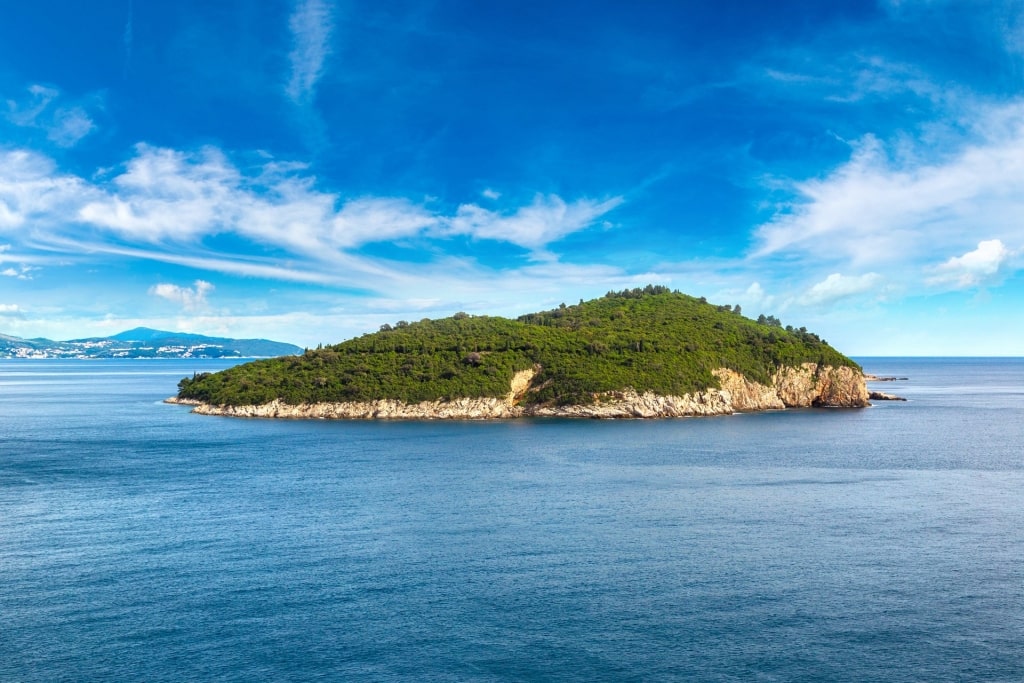
Lokrum Island in Dubrovnik, Croatia
If a plunge into the surrounding seas summons, there are several notable nearby beaches in Dubrovnik. But for something more unique, look to the small island of Lokrum, located only a short boat ride away. An uninhabited nature preserve that’s known for its lush vegetation, Lokrum has its own Dead Sea; a salt lake that is perfect for a peaceful respite.
Tallinn, Estonia
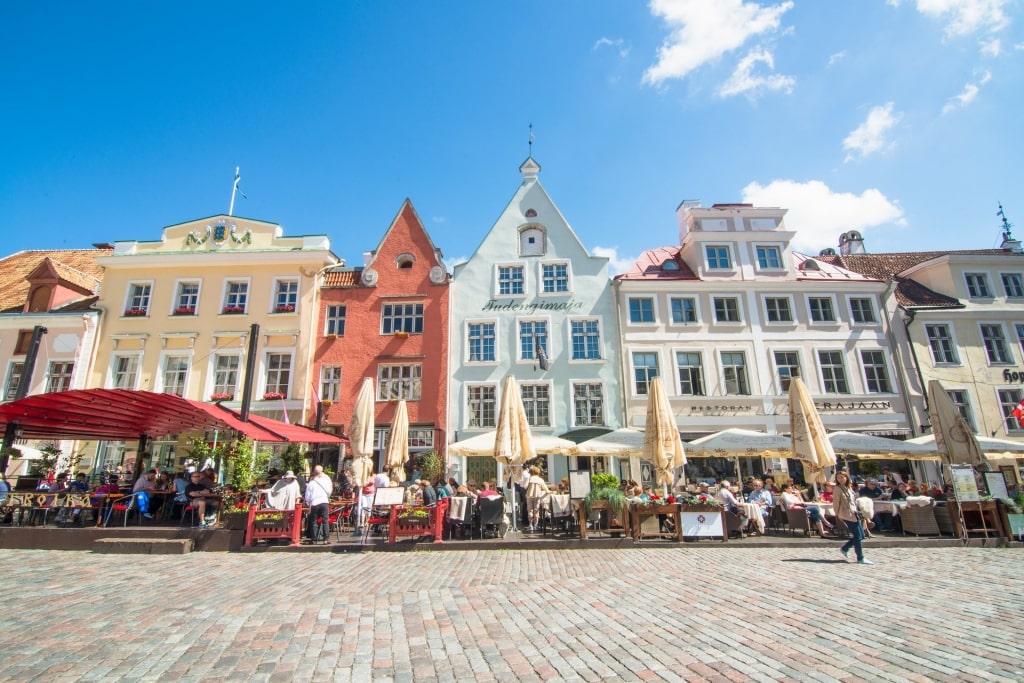
Old Town in Tallinn, Estonia
Situated just across the Gulf of Finland from Helsinki, Tallinn’s strategic seaport location has a long history marked by the political control of surrounding nations, including Russia, Denmark, Sweden, and Germany. This hodgepodge of cultural and architectural influences remains today, as does a distinctly Estonian stamp all of its own.
Old Town, the medieval walled center of Tallinn, is protected as a UNESCO World Heritage Site, where glimpses of the city’s layers of history are revealed. Follow the quarter’s cobbled streets past old medieval structures, ancient stone city walls and watchtowers, soaring church spires, and scores of welcoming shops and restaurants.
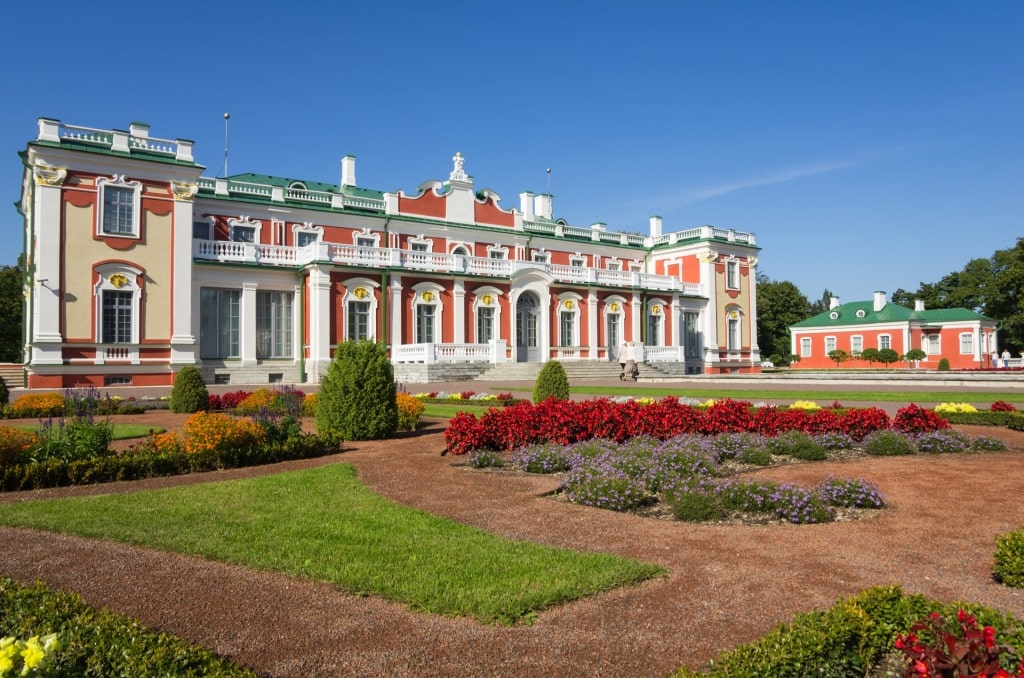
Kadriorg Palace in Tallinn, Estonia
Don’t miss the Upper Old Town either, which features sites like the Russian Orthodox Church of St. Alexander Nevsky that dates back to 1900; its onion domes will make you feel like you’ve stepped over into Moscow.
Also worth seeking out outside of Tallinn’s Old Town tourist hub is the early 18th-century Kadriorg Palace, with its stunning gardens and fine Baroque architecture that’s since been reimagined as a home for the city’s Kadriorg Art Museum. Its collection spans Western European and Russian Art from the 16th through 20th centuries.
Split, Croatia
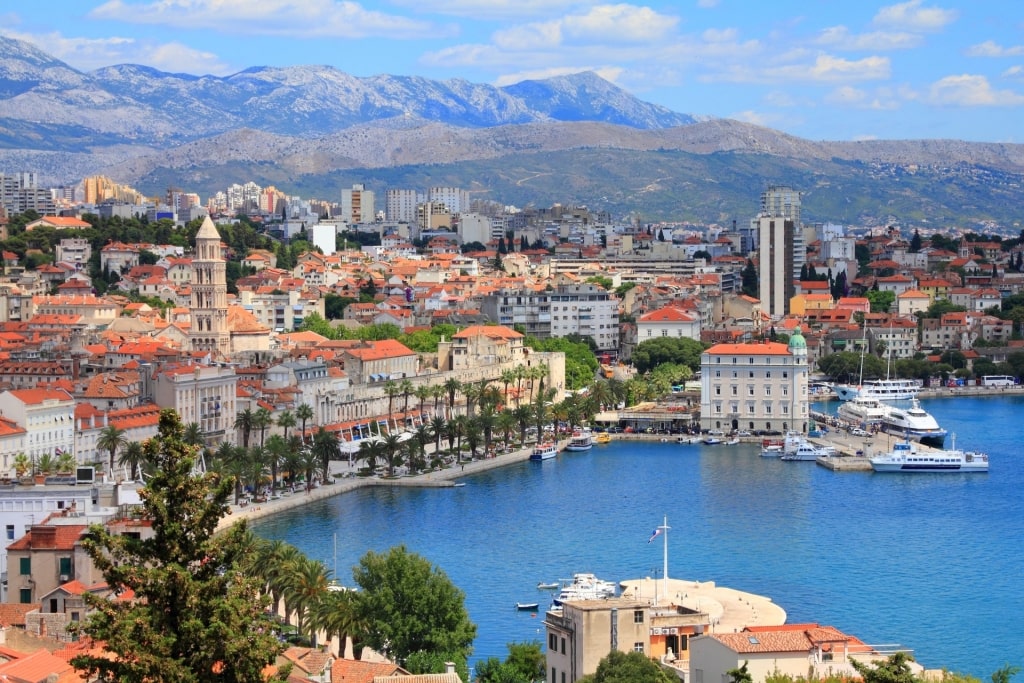
Split, Croatia
The southern Croatian seaport of Split sprawls over a hilly peninsula into the turquoise Adriatic Sea, offering rich history, transporting architecture, and quality beaches. Croatia’s second-largest city, Split is a lively hub for the region’s popular Dalmatian Coast and a major nautical center with a large marina that serves as a jumping-off point to the Dalmatian islands and other destinations further afield.
In town, don’t miss the ancient Roman ruins of the walled complex at Diocletian’s Palace, one of several UNESCO-protected sites in the city, along with other attractions that encompass a slate of old royal palaces, churches, and city fortifications.
But it’s not all historical buildings here; eateries, bars, and shops fill in the seafront and hidden-away alleyways, ensuring an inviting leisure scene to indulge your every whim. Bonus: Many establishments set up alfresco seating for optimum enjoyment of the city’s unique ambiance.
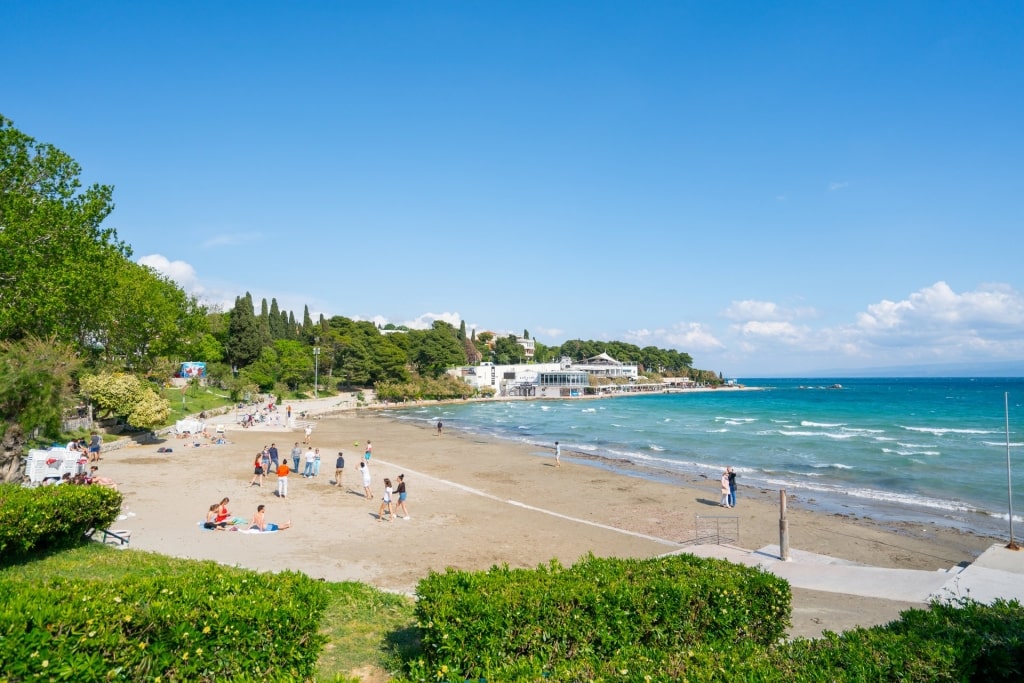
Bačvice Beach in Split, Croatia
When you can’t ignore the beckoning of the beach a moment longer, one of the best things to do in Split is to hit up the sandy stretch at Bačvice Beach. Set right in the heart of Split, you’re likely to catch a glimpse of the traditional ball game picigin in between dips.
Read: Best Beaches in Split
Kotor, Montenegro
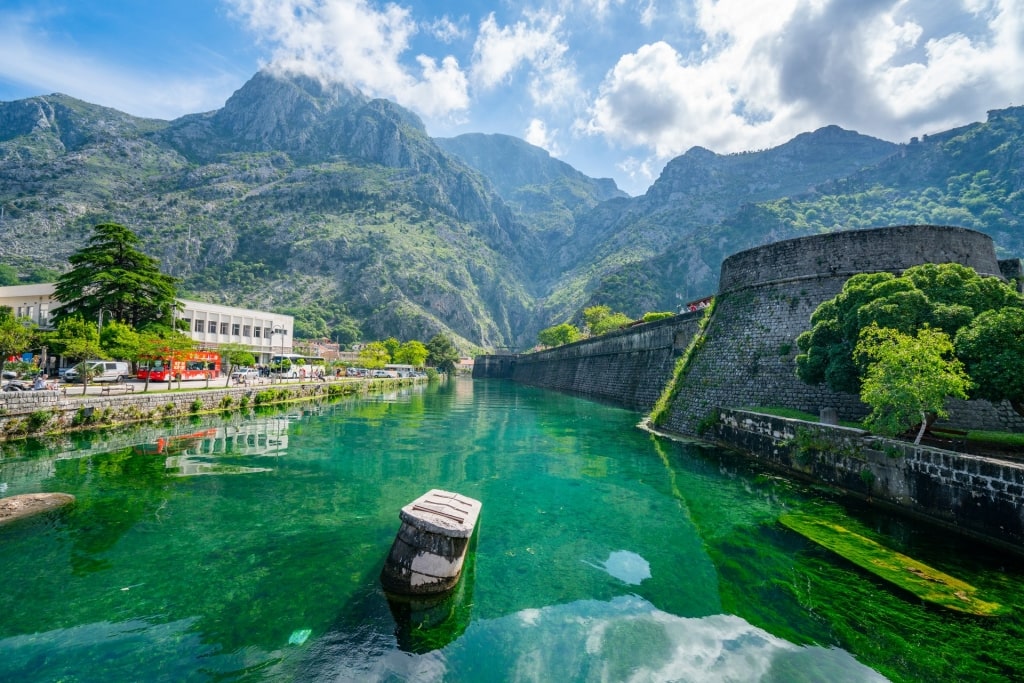
Old Town in Kotor, Montenegro
Situated at the mouth of Kotor Bay along Montenegro’s Adriatic coast, the seaport resort of Kotor earns points for its wow-factor setting at the foot of the brooding Lovćen massif with many fancy yachts bobbing in the harbor. Founded by the ancient Romans, the fortified port city oozes romance with ample choice of diversion, including beaches, mountains, and centuries-old buildings.
One of the best things to do in Kotor is to wander the atmospheric Old Town. Visitors can trace the city’s fortified walls and wander along the maze of winding cobblestoned streets lined by centuries-old Venetian, French, and Austrian architectural structures that lead into lost-in-time piazzas. Don’t miss the monumental St. Tryphon’s Cathedral with roots that stretch back to 809 A.D.
Throughout town, there’s ample opportunity to recharge at various eateries, cafés, and boutiques, where you’re likely to rub shoulders with some of Europe’s elite, as the city’s obvious charms have made it an official playground for the continent’s rich and famous.
Zadar, Croatia
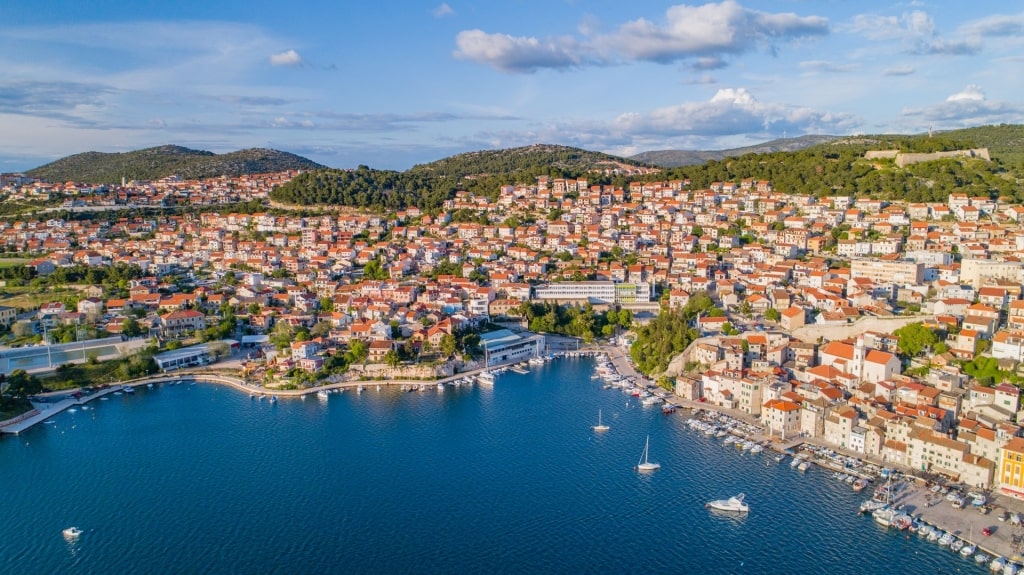
Zadar, Croatia
This one-time capital of Croatia, Zadar claims more than three millennia of history, impressively evidenced in the city’s many remaining Roman structures and relics. Yet with all its standout offerings, this Adriatic destination remains refreshingly off-the-radar, allowing you to still find secluded beaches and untrammeled natural beauty—though its popularity is fast-growing.
History buffs relish in visiting the Old Town’s ancient Roman Forum, Kalelarga, which was conjured up by Roman Emperor Augustus around two thousand years ago. It still serves a function as a town hub, where local Croats gather for drinks and conversation in the shadow of the old cathedral and church facades.
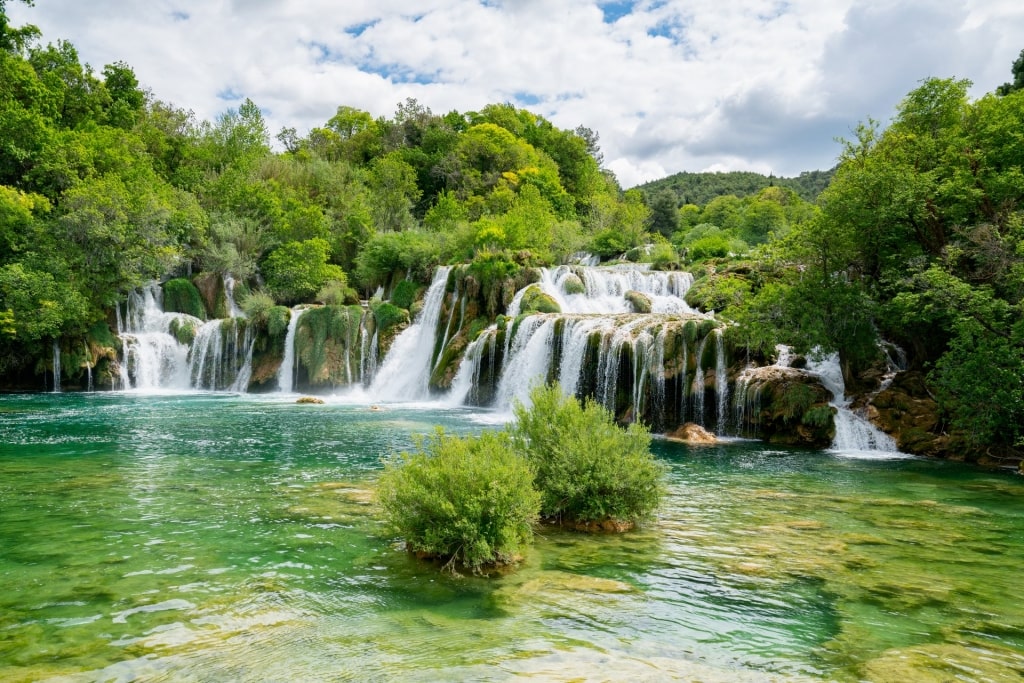
Krka National Park, Croatia
Zadar also boasts a historic port, affording access to surrounding islands, like Pag Island with its lunar-like landscapes. The city additionally makes a perfect base for outdoorsy adventures in various surrounding national parks, including Paklenica National Park, full of wild canyons and the waterfalls haven of Krka National Park, home to some of the best hikes in Europe.
Read: An Insider’s Guide to Zadar, Croatia
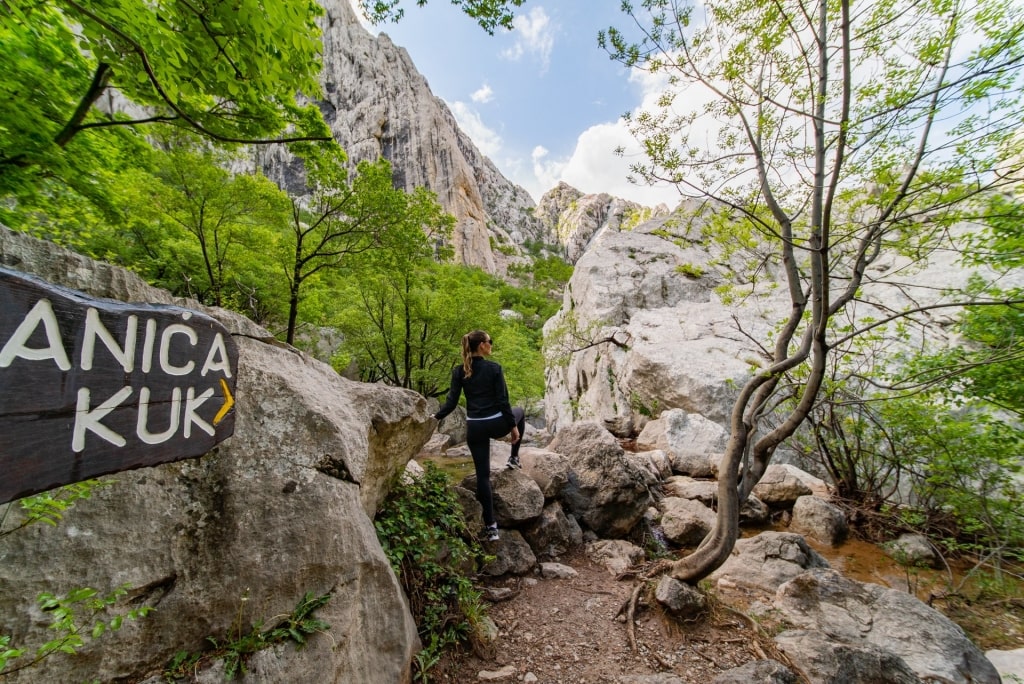
Paklenica National Park, Croatia
What do all of these best Eastern European cities have in common? You can easily visit any of them on your next cruise vacation. Browse through our European cruise itineraries and sail off to the very best cities in Eastern Europe.



